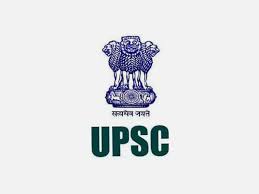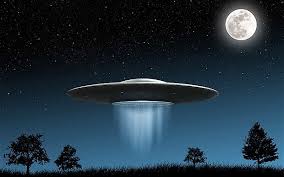
A study on microscopic ancient marine algae named Coccolithophores, led by the National Centre for Polar and Ocean Research (NCPOR) has found that there is a decrease in the concentration of oceanic calcium carbonate (CaCO3) in the Southern Indian Ocean. This decrease in CaCO3 is attributed to the increase in the concentration of another single-celled algae known as diatoms. This, in turn, will affect the growth and skeleton structure of coccolithophores with potential significance for the world ocean ecosystem.
Daily Current Affairs Quiz 2020
Coccolithophores
Coccolithophores are single-celled algae living in the upper layers of the world’s oceans.
They have been playing a key role in marine ecosystems and the global carbon cycle for millions of years.
Coccolithophores calcify marine phytoplankton that produces up to 40% of open ocean calcium carbonate and responsible for 20% of the global net marine primary productivity.
Coccolithophores build exoskeletons from individual CaCO3 plates consisting of chalk and seashells building the tiny plates on their exterior.
Though carbon dioxide is produced during the formation of these plates, coccolithophores help in removing it from the atmosphere and ocean by consuming it during photosynthesis.
At equilibrium, coccolithophores absorb more carbon dioxide than they produce, which is beneficial for the ocean ecosystem.
National Centre for Polar and Ocean Research
The National Centre for Polar and Ocean Research, (NCPOR) formerly known as the National Centre for Antarctic and Ocean Research (NCAOR) is an Indian research and development institution, situated in Vasco da Gama, Goa.
NCPOR was established on 25 May 1998, with Dr. Prem Chand Pandey.
It is an autonomous Institution of the Department of Ocean Development (DOD), Ministry of Earth Sciences, Government of India which is responsible for administering the Indian Antarctic Programme and maintains the Indian government’s Antarctic research stations, Bharati and Maitri.





